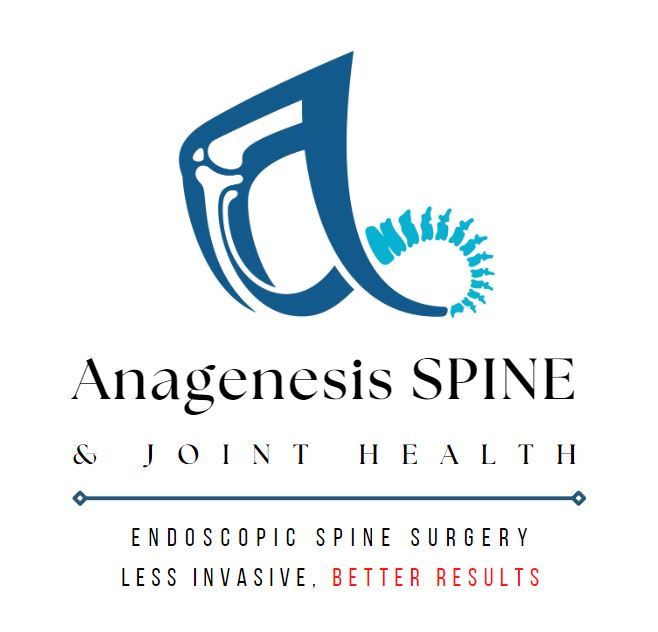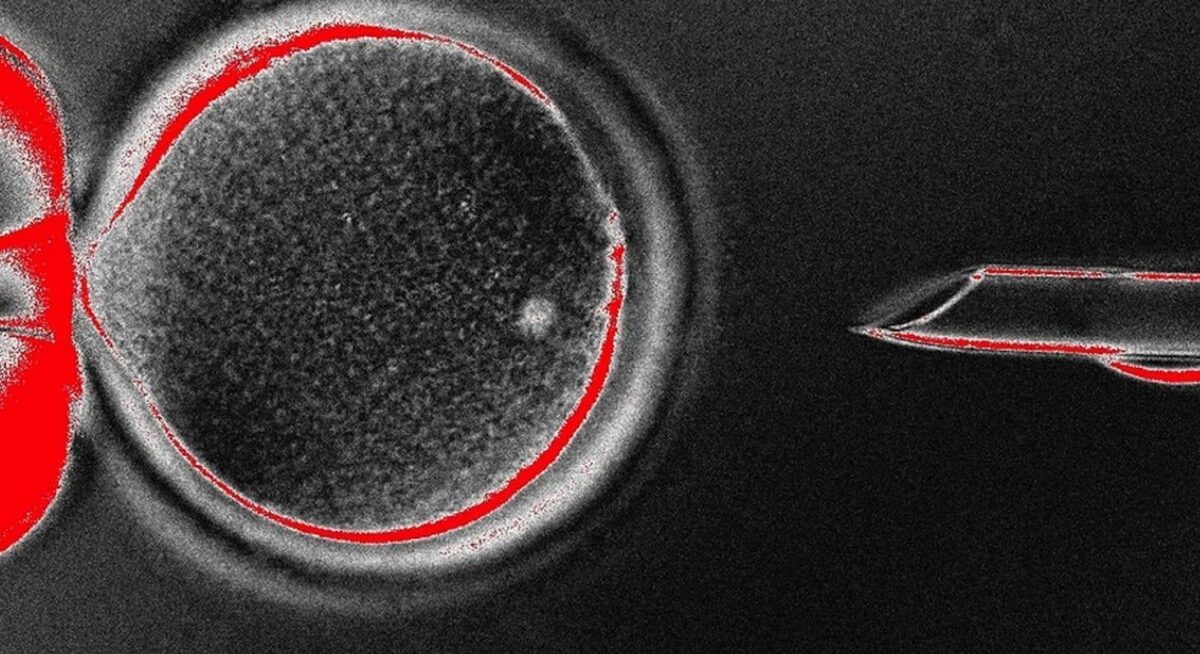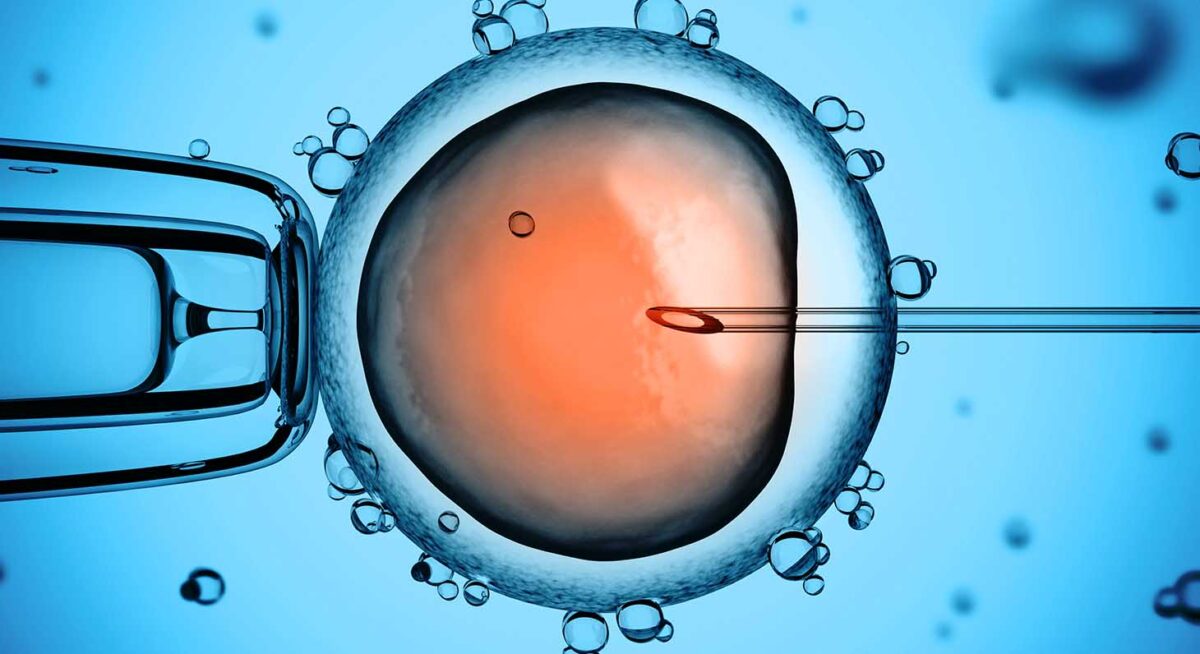What are Stem Cells?
Regenerative medicine takes advantage of our natural ability to heal ourselves by using the healthy adult stem cells found throughout the body. Laboratory and clinical research has shown that it is possible to use adult stem cells to restore lost, damaged, or aging cells to effectively regenerate tissue and provide some patients with an alternative to surgery. Regenerative therapies are showing promise in orthopedic medicine, wound care, nerve restoration, and a variety of cardiovascular, neuromuscular, and autoimmune conditions.
Adult stem cells were discovered over 40 years ago when researchers found that cells derived from bone marrow had the ability to form various tissues. Adult stem cells are early stage cells that, under the right conditions, are capable of developing into other types of cells and hold the potential to regenerate damaged tissue.
Who is a Good Candidate for Stem Cell Injections?
The first step is to determine if you are a good candidate for an adult stem cell procedure. Your physician will want a history of your injury and a physical examination along with any x-rays, and an MRI. While stem cell therapy may be appropriate for certain conditions, it is not applicable for every condition. However, it is has proven to be a viable option for several individuals suffering from pain. Good candidates for adult stem cell treatment usually are:
- A patient that wants to avoid the inherent complications that come with an invasive surgical procedure.
- A pain sufferer that is interested in an option that offers potential for an overall improved quality of life.
- A person who understands that surgery sets off a cascade of further degeneration, and is prepared to benefit from the body’s own regenerative mechanisms.
Every patient is different, the success of stem cell therapy is dependent on the severity of your condition and your body’s response to stem cell therapy.
What does the Procedure entail?
An adult stem cell procedure harnesses’ and amplifies the body’s natural mechanism for healing and anti-inflammation. Once you have been identified as a good candidate for the procedure, a member of our team will review the procedure with you and answer any questions that you may have. A brief overview of the procedure is below:
This mechanism uses adult autologous stem cells, derived from your own bone marrow.
In the procedure, the physician will aspirate these cells from your hip, concentrate them, then deliver them back into your body in the area of damage or injury to aid in natural healing.
In all, the process typically takes less than 45 minutes and the concentration of the cells takes about 12-14 minutes.
Because your procedure will utilize a concentrated serum of your own cells, the procedure is considered “autologous point-of-care.”
Once the procedure is complete, our staff will allow you to rest and will create a customized personal rehabilitation program for recovery. We will either ask you to come back for a few post-operative appointments or follow up with you by phone, email, or mail so we can track you healing progress.
What are the Potential Applications for Stem Cell Injections?
The spine is comprised of a team environment working together to provide function and mobility to the body. If an area of the neck or back is injured, the entire structure begins to compensate for the injury causing stability and function to decline. Creating the need to relieve this pain:
Possible conditions for treatment are: discogenic back pain, facet arthritis and degenerative disc disease.
Your shoulder is involved in small and large movements throughout the day. Shoulder injuries can be the result of the tiniest movements from writing to driving a car. Most people do not even know they are suffering from a shoulder injury. Once the injury is identified, the pain can become intolerable. Creating the need to relieve this pain:
Possible conditions for shoulder treatments are partial rotator cuff tears, labral tears, and mild to moderate osteoarthritis
The knee joint is used in almost all motion and over time will begin to degenerate from overuse. Knee pain can be extremely painful and challenging for anyone suffering from joint pain. Creating the need to relieve this pain:
Possible conditions for knee treatment are osteoarthritis, partial ligament tears: ACL; PCL, partial meniscal tears, and augmented ACL or PCL reconstruction
Foot and ankle injuries often occur. Over time, we collect scars making it difficult for our body to heal on its own. The constant pressures we cause with simples, line walking, or stretching, often exasperates the injury. Creating the need to relieve this pain:
Possible conditions for treatment: are mild to moderate osteoarthritis, tendon inflammation, partial achilles tendon tear, and muscle strain/sprain.
The constant motion of walking, running, biking or climbing involves our hips. The compression of these movements starts to wear on all our joints over time. In addition, the hips have a tendency to carry much of the burden on our body’s motions and pain. Creating the need to relieve this pain:
Possible conditions for treatments are osteoarthritis, labral tears, articular cartilage injuries and congenital deformities of the hip.



